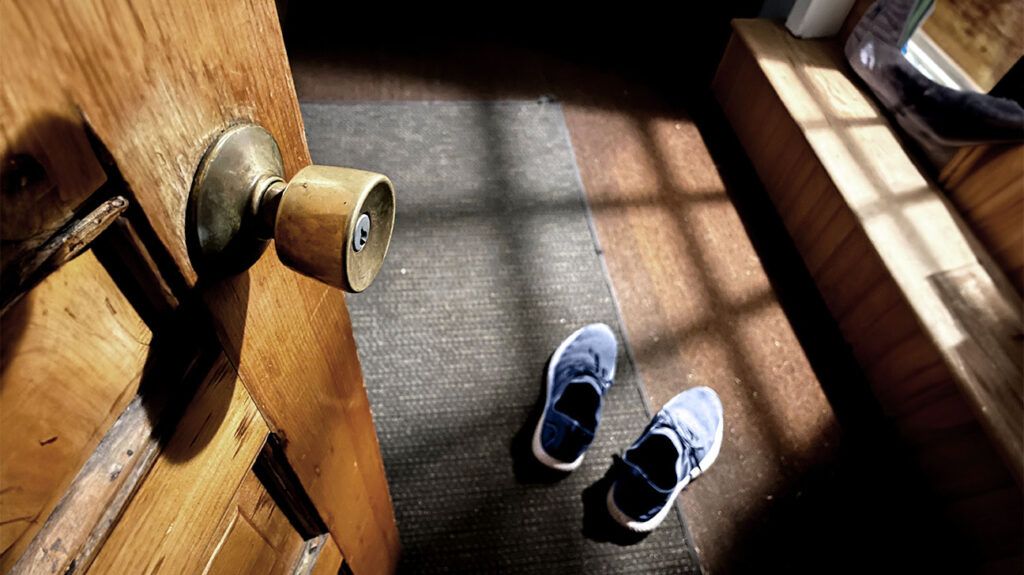Walking after 6 weeks of non-weight bearing can help a person regain muscle mass and strength and increase their joint range of motion. Transitioning from non-weight bearing to walking with full weight bearing is gradual and incremental.
A healthcare professional may issue an order for a limited period of rest — or non-weight bearing — after an injury, such as a fracture. This type of rest may also be necessary following surgery involving the bones or joints in a leg or foot. However, as soon as it is possible, healthcare professionals advise people to begin a walking program under the supervision of a physical therapist.
This article discusses how the body responds to inactivity, the gradual progression of weight bearing, and the mental health effects of walking. It also examines muscle changes, footwear, pain management, and questions to ask a doctor.

According to a
Additionally, a
Rehabilitation after a rest involving non-weight bearing
- Touch-down weight-bearing: The toes can briefly touch the floor to maintain balance.
- Partial weight-bearing: A person may bear a small amount of weight on the affected leg and foot. The amount of weight they can support gradually increases, but walking still requires the use of a device, such as a cane or crutches.
- Weight-bearing within toleration: An individual can support as much weight as they can tolerate.
- Full weight-bearing: This means the affected leg and foot can support full body weight and can walk.
A walking program should
It explains that exercise improves muscle function and metabolism. Muscle function involves the ability to contract, and muscle metabolism entails how muscles use energy.
Aside from muscle strength, a walking program should also improve joint range of motion, which is often necessary for recovery from a fracture or injury.
During the initial stages of walking, a person may wear an orthopedic walking boot, otherwise called an orthopedic boot. These are special boots with cushions and adjustable straps, which provide support and help keep the foot in the proper position.
A doctor or physical therapist will let someone know when to stop using the boot. Afterward, they may recommend wearing sturdy, supportive aerobic shoes.
Effective pain management is a
Medication options may include:
- acetaminophen (Tylenol)
- nonsteroidal anti-inflammatory drugs, such as ibuprofen (Motrin, Advil, IBU)
- opioids, such as oxycodone (OxyContin), although they may cause troubling side effects, including dependency
It is also worth noting that exercise can decrease pain over time as well.
A
- Improved sleep quality: The authors cite a
2017 review , which notes that mounting evidence indicates exercise is an effective remedy for inadequate sleep quantity or quality. - Reduced depression and anxiety: Exercise reduces stress and anxiety. It also triggers the release in the brain of feel-good chemicals called endorphins, which may decrease pain, promote social bonding, and reduce depression symptoms.
- Help with alcohol use disorder: Physical activity may reduce cravings for substances when other interventions are not feasible.
Below are questions a person may wish to ask a doctor:
- How long will it take to reach full weight bearing in my walking program?
- Should I try to walk when I am in pain? If so, how much pain should I tolerate during physical activity, and how should I manage it?
- What footwear or other means of support do you recommend that I use during rehabilitation and recovery?
Walking after 6 weeks of non-weight bearing may help someone recover muscle mass and strength after an injury or surgery. Any physical activity, including walking, offers other health benefits that include mental health, such as reduced anxiety and depression.
Going from non-weight bearing to walking with full weight bearing is gradual, as someone recovers the muscle and joint function necessary to support their weight. The use of an orthopedic boot and walking aids — such as crutches or a cane — may be necessary until recovery is complete.
Because pain management is an important part of enabling physical activity, an individual needs to discuss what medications to take and when to take them with their healthcare professional.
